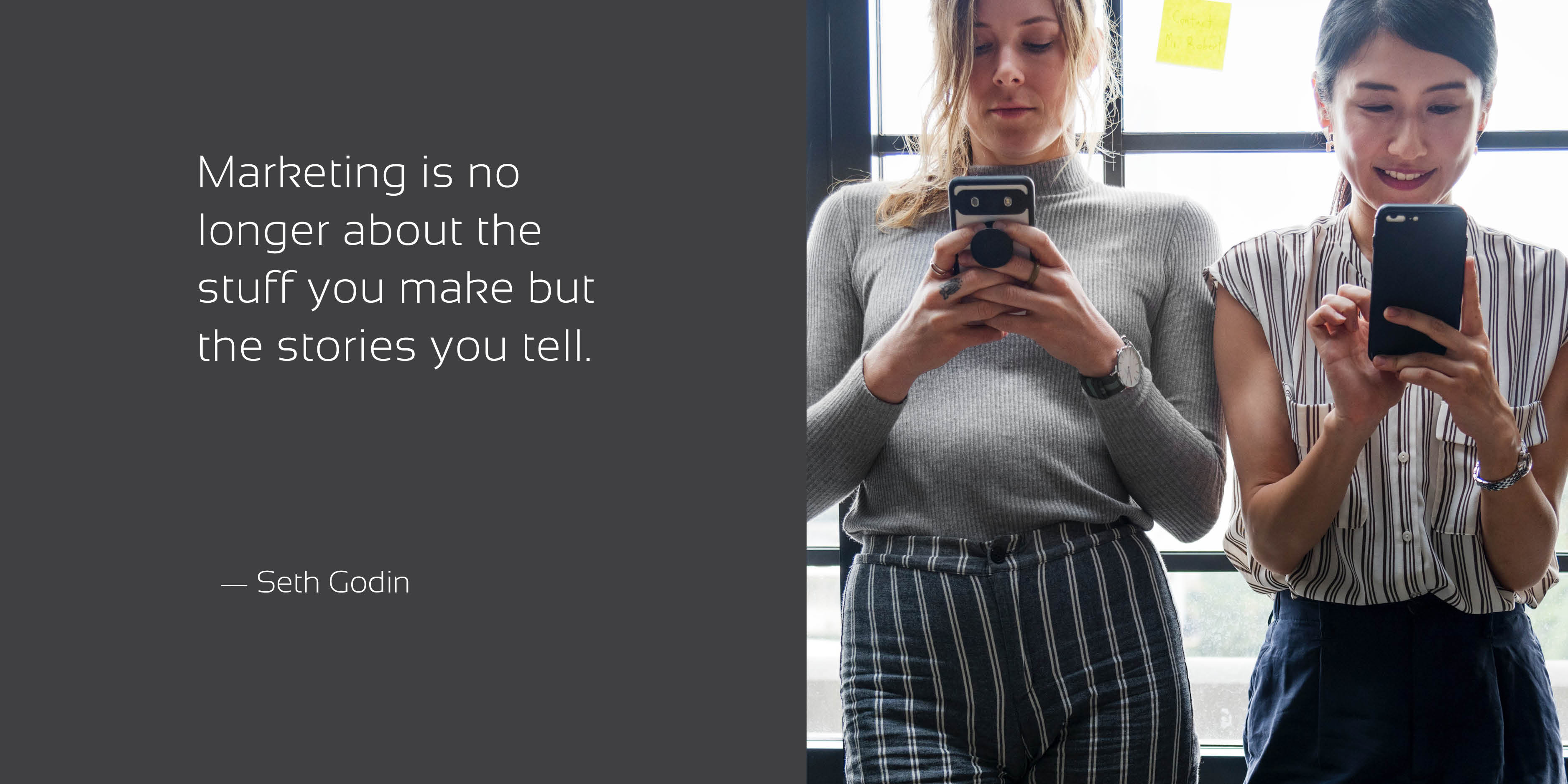How to Decide which Social Platform is best to Promote/Showcase your Furniture Products?
How to Choose the Best Social Platform to Promote Your Furniture Products
Which social media platform is best for your furniture company? The answer depends on your business goals, your target audience, and your scope of commitment to posting updates.
Answer a couple of questions and explore the major social platforms to determine which one is the right fit for you.
Step #1: Understand Your Audience
In order to effectively connect with potential customers, you must first determine the target market for your furniture products. Think about your ideal customer in terms of age, gender, location, and income level. You can use this information to target specific groups with your social media messaging.
Step #2: Define Your Goals for Social Media
What does your business want to achieve with social media marketing? You might consider:
· Promote Brand Awareness & Loyalty
· Create Engagement with Content Distribution
· Generate B2B or B2C Leads
· Provide Customer Service
You may want to achieve all of these things, but determining your top priorities will help you decide which social media platforms work best with your goals.
Step #3: Get Familiar with the Different Social Platforms
Ideally, your business should be on multiple social media platform. Realistically, you may not have the time to manage more than one account (or the money to pay staff to do so).
Instead, choose the social platform or platforms that fit your business the best. Can you commit to posting daily updates? What type of content will you be creating and sharing? What is your social media marketing budget?
Keep your target audience and business goals in mind as you explore the six major social platforms: Facebook, Instagram, LinkedIn, Pinterest, Twitter, and YouTube.
A social media behemoth with 1.6 billion monthly users worldwide, Facebook offers a great platform for paid media (aka ads) with precision targeting. You can target messages to potential clients by their location, age, interests, and other demographics. Curated, engaging content like videos work well on Facebook to drive conversations with your targeted audience.
BEST FOR: Content Distribution, Brand Loyalty, Customer Service, B2C/B2B Lead Generation
BUT: Facebook’s organic reach is extremely low and therefore must be expanded with live activity and a higher media spend.
Instagram offers users a collection of high-quality images and videos that connect customers with your brand’s day-to-day lifestyle and culture. Effective content on this platform includes high-res photos, short (real) videos, quotes, and stories (24-hour slideshows).
BEST FOR: Content Distribution, Brand Loyalty, B2C/B2B Lead Generation
BUT: A successful Instagram presence requires a high level of engagement and maintenance, with daily live activity (at the very least).
Designed for professional networking, LinkedIn is focused on B2B and features business/industry conversations that can be quite niche. It’s great for searching for new employees, learning industry news and connecting with potential B2B customers with features such as In-mail. And there’s no need for live activity or daily updates.
BEST FOR: Professional Content, Industry/Company News
BUT: Creating your business page for the first time has multiple components and can be overwhelming.
It’s all about lifestyle on this social media platform, a hotbed of inspiring ideas for design and decor. Lifestyle imagery is the main focus on Pinterest, but infographics and step-by-step photo guides can also be very effective. Live activity isn’t required.
BEST FOR: Content Distribution, Brand Loyalty, Lead Generation
BUT: Pinterest’s attracts a very specific audience and to be successful, your images must resonate and inspire.
With short and sweet messages of 280 characters max, Twitter is a concise and easy way to engage with your audience on a personal level. Blog posts, GIFs, and news items are the best performing types of content on this fast-paced platform.
BEST FOR: Content Distribution, Brand Loyalty, Customer Service
BUT: Twitter requires daily (or more) activity and maintenance (plus practice) to drive engagements effectively. Users who reach out via Twitter will expect very prompt responses.
YOUTUBE
This site is entirely centered around sharing videos, vlogs (video blogs), and music. The collection of videos on your YouTube channel gives users a chance to access important information that is helpful to them. There’s also a free video creation app.
BEST FOR: Content Distribution, Brand Loyalty
BUT: You have no control over which “related videos” are displayed next to yours, which could be from a competitor.
Master the Art of Social Media Marketing with Furniture Branding
Make the most of your social media platforms with the help of the experts at Furniture Branding. Want to know more? Please contact us online or by calling 818.714.2484.




Sorry, the comment form is closed at this time.